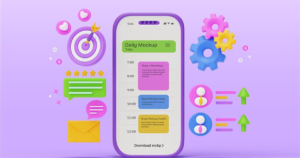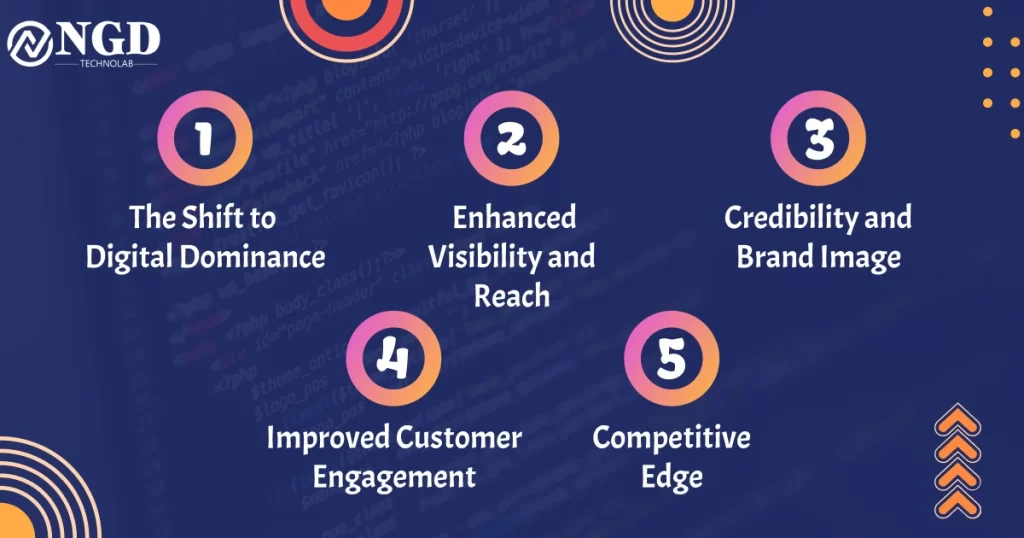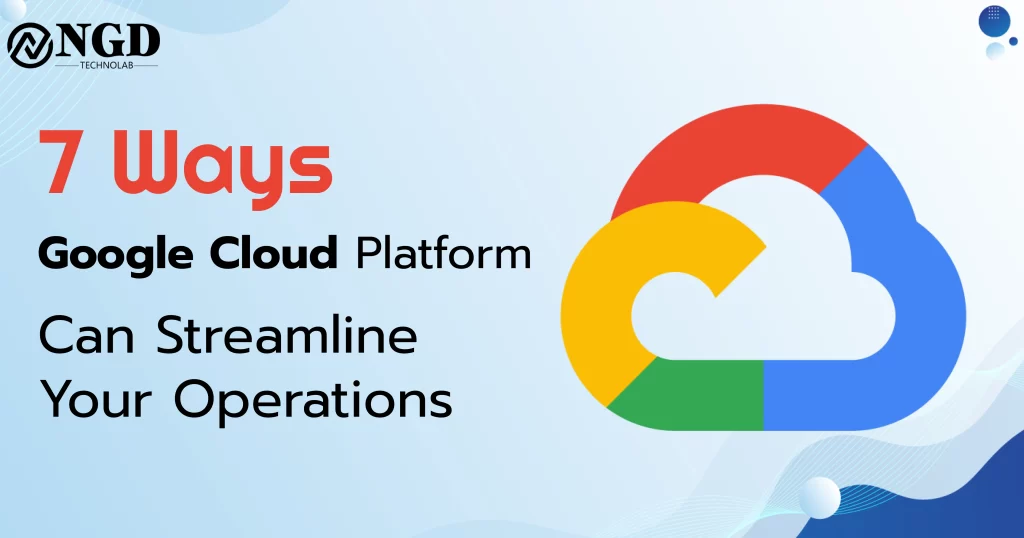A step-by-step guide to develop a language learning app like Duolingo.
-
 Prashant Padmani
Prashant Padmani
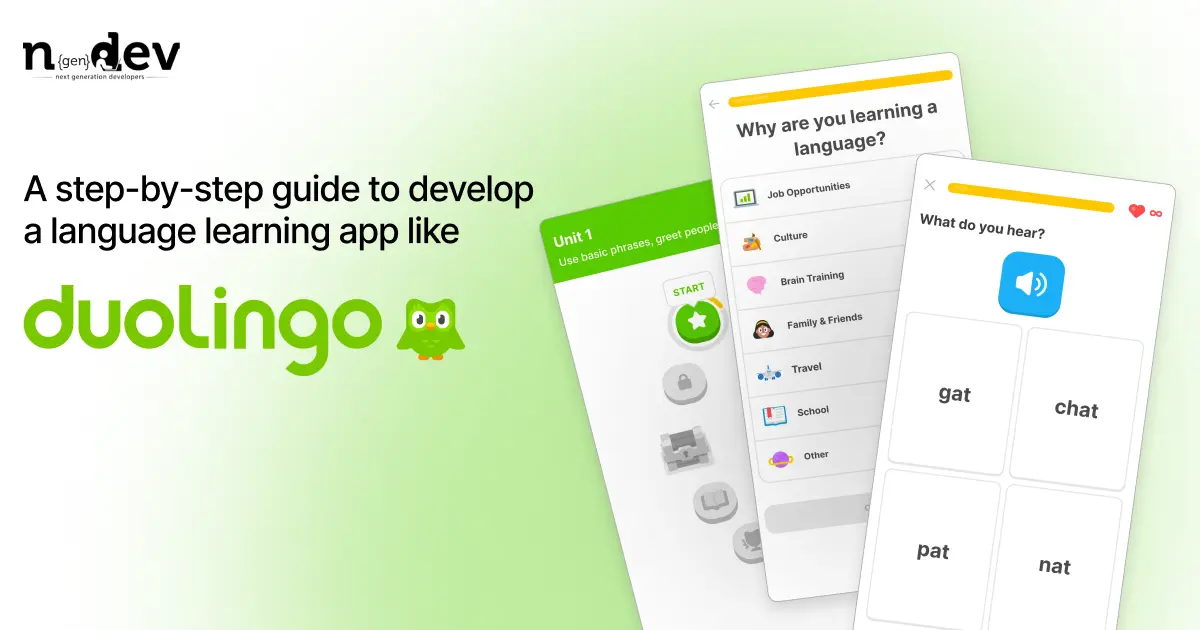
6. How to Optimize SPAs for SEO in 2025
6.1 Server-Side Rendering (SSR) & Pre-Rendering
Using SSR frameworks like Next.js enhances indexing, while pre-rendering pages improves Google’s ability to crawl SPAs.
6.2 Using Lazy Loading & Code Splitting
Loading JavaScript in parts reduces page weight and fetches resources only when needed, improving performance.
6.3 Enhancing SEO Visibility with Google’s Best Practices
Implementing structured data markup enhances search engine rankings, while optimizing meta tags and titles ensures better indexing.
However, you might be wondering: why should you consider developing a language learning app of your own? How could creating one potentially turn into a profitable venture? Well, hold onto your hats, because the e-learning market in the USA is poised to skyrocket to a staggering $72.41 billion between 2020 and 2024. Now, that’s quite the eye-opener, isn’t it? This information alone should be enough to pique your interest in creating your very own Duolingo-like app.
Are you looking for the best language learning apps? Google best language learning apps and you’re probably going to find Duolingo, ELSA AI Tutor, Babbel, Drops, and Mondly. Language learning apps like these have become quite popular.
You may be wondering: why should you develop an e-language learning app? Is it possible to turn creating one into a profitable business?
You will be surprised to know that the e-learning market in the USA will reach US$4.73bn in 2023 and the expected growth rate (CAGS 2023-2027) is 13.08%. Also, in India the e-learning market will reach US$4.73bn in 2023 and the expected growth rate in India is around 14% CAGR between 2023 and 2032. Is this information enough to convince you to develop a language learning app like the Duolingo app?
Clearly, the language learning market is set to boom in the coming years, providing an opportunity to develop a Language Learning app and generate revenue.
A step-by-step guide to develop a language learning app like Duolingo.
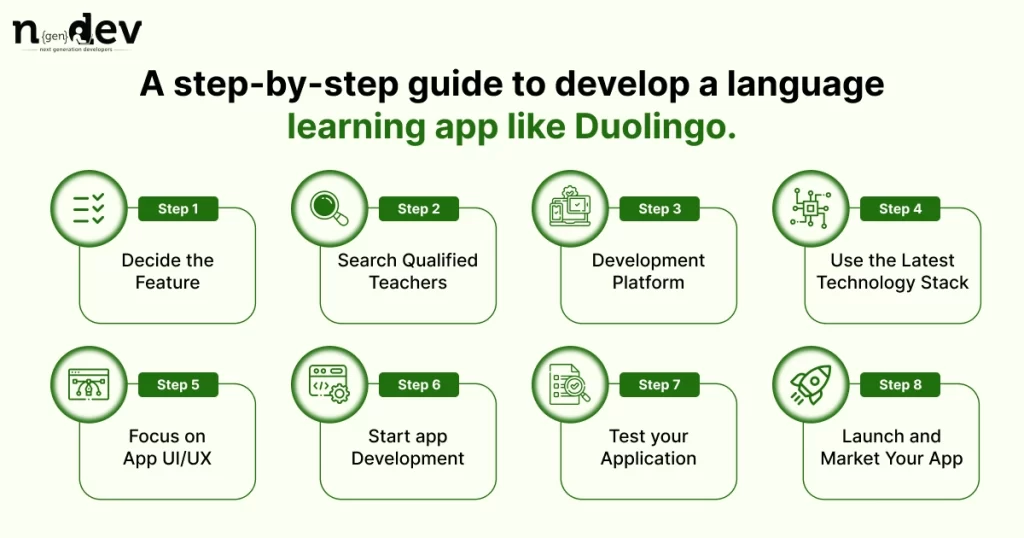
However, you might be wondering: why should you consider developing a language learning app of your own? How could creating one potentially turn into a profitable venture? Well, hold onto your hats, because the e-learning market in the USA is poised to skyrocket to a staggering $72.41 billion between 2020 and 2024. Now, that’s quite the eye-opener, isn’t it? This information alone should be enough to pique your interest in creating your very own Duolingo-like app.
Are you looking for the best language learning apps? Google best language learning apps and you’re probably going to find Duolingo, ELSA AI Tutor, Babbel, Drops, and Mondly. Language learning apps like these have become quite popular.
Define Your Educational Mobile App for Language Learning
It’s vital to have a clear vision when creating your language learning app. There are numerous educational app ideas to choose from, each with the potential to turn your startup dream into a reality. To bring your app to life effectively, it’s essential to outline the functionalities and features. Your focus should always revolve around the end-users, in this case, new language learners. Keep their perspective in mind as you tailor your app to meet their needs and expectations.
Begin by jotting down your ideas on the app’s appearance and functionality. Determine whether you’ll offer foreign language courses or specific language programs. A well-defined purpose and a target audience are key to the success of your language learning app.
Find the Right Language Learning App Teachers
Once you’ve clarified your objectives and provided answers to our questions, the next crucial step is to identify qualified teachers for your language learning app. Collaborating with educators will enable you to determine the ideal course content, teaching methods, and areas of focus.
Your aim should be to deliver reliable educational resources and top-notch content to learners while earning their trust. Regardless of the content you upload, always prioritize interactive communication with your audience.
When searching for language learning app instructors, it’s essential to keep these principles in mind to provide an enriching and effective learning experience. As you embark on this journey, remember that the success of your app hinges on the quality of its educators and their ability to inspire and educate your users.
Choosing the right platform for your language learning app is a pivotal decision.
The success of your mobile app hinges on this choice. Android boasts a staggering 2.3 billion users globally, while iOS touts a user base exceeding 1 billion. Your selection should align with your location, development timeline, and project complexity. For instance, if you’re targeting the US market, with its significant iPhone presence, an initial iOS launch might be strategic, followed by an Android rollout. Ensuring your language learning app thrives begins with this platform decision, which can shape your app’s future success.
Selecting the right technology stack
The tech stack you choose depends on your platform, whether it’s Android or iOS. To aid you in making an informed choice, we’ve prepared a comprehensive table outlining the tech stacks employed for both platforms. This will ensure that your language learning app is equipped with the latest technology to deliver an exceptional user experience. Rest assured, we understand the unique requirements of language learning apps and are here to guide you through the process. Together, we’ll create an app that stands out in the competitive world of language learning.
UI/UX is an important part of the app
In the fiercely competitive world of language learning apps, the fate of your creation often hinges on the design. How often have we uninstalled apps due to their unwieldy and unintuitive interfaces? As an entrepreneur, recognizing that successful language learning app designs are deeply rooted in the application of sound design principles is crucial.
Here, we delve into the essential components that should be seamlessly woven into the fabric of your mobile application’s design:
A user-friendly mobile app is one that offers an intuitive and structured navigation experience, enabling easy access to educational content. The hierarchy-wise arrangement of information is the bedrock of a well-designed language learning app.
Once the app’s concept takes shape, it’s imperative to breathe life into it conceptually. This stage involves crafting the visual elements such as icons, fonts, images, and aesthetics that form the app’s identity.
Usability stands at the core of user satisfaction. A language learning app should effortlessly guide users to the precise information they seek, making their learning journey a seamless experience.
Before the app goes public, creating a wireframe is crucial. It’s a visual blueprint that allows you to evaluate the app’s look and feel, ensuring it aligns with your vision and resonates with your audience.
Every interaction within the app hinges on visual elements – icons, colors, images, and fonts. But the true mark of distinction lies in how the app’s visual design provides a unique and memorable user experience, setting it apart from the competition.
Develop a Language Learning Application: From Design to Reality
Embarking on the journey to create a language learning app is an exciting endeavor. After meticulously planning your content and design, the development phase takes center stage. If budget constraints are a concern, starting with a Minimum Viable Product (MVP) for your mobile app is a prudent choice.
To attract initial users, consider offering a free language learning subscription. We’ve successfully assisted a client in developing an educational app for learning Japanese, demonstrating the endless possibilities. Let’s delve into the app development process.
The app development journey is divided into two integral parts:
Once the pre-design phase is completed, it’s time to initiate front-end app development. The approved design is translated into a comprehensive app design. Key technologies in this stage include HTML, CSS, and JavaScript.
Back-end development is the engine that powers your app. It’s the place where algorithms process user requests and deliver specific outcomes. Technologies like PHP, Python, and Laravel are commonly employed for back-end development.
Crucially, it’s important to note that front and back-end development alone won’t guarantee your app’s success. The true game-changer is gamification. Language learning apps leverage gamification to create engaging and effective learning experiences. Learning a new language can be daunting, but gamification simplifies the process, offering users a game-like journey.
Launch and Market Your Language Learning App
After successfully testing your mobile app, the next step is its official launch. However, this is not the finish line; it’s just the beginning of your language learning app journey. To ensure its success, you must effectively market your application on various social media platforms and integrate it into your business website to attract relevant traffic.
In addition to employing proven marketing strategies, consider these methods to promote your language learning application:
1. Social Media Engagement: Utilize the power of social media to create a buzz around your language learning app. Regularly share engaging content, interact with your audience, and run targeted ad campaigns to reach a wider audience.
5. Partnerships and Collaborations: Collaborate with language schools, educators, or influencers to expand your reach and credibility within the language learning community.
How Much Does It Cost to Develop a Language Learning App?
When it comes to developing a language learning app, cost considerations are essential. We’ve divided the cost into two primary categories to give you a clear understanding of what to expect. It’s important to note that the hourly rate of development doesn’t necessarily determine the quality of the final product. In fact, you can find cost-effective development solutions without compromising on quality.
To give you a detailed overview of the costs involved in developing a language learning app, we’ve prepared the following table. It outlines the expenses associated with various types of language learning application development.
The cost of language learning app development can vary significantly depending on several factors. These include the app’s complexity, the number of languages supported, interactive features, and the region where the development team is located. It’s worth noting that in European countries, web development hourly rates tend to be lower compared to the USA.
Duolingo Business Model: How Duolingo Generates Revenue
In 2011, Duolingo embarked on a remarkable journey by offering their language learning app for free. The question arises: how did they evolve from virtually zero earnings to a remarkable $250 million in revenue? The answer lies in their innovative approach.
Initially, Duolingo supplemented its income by providing translation services to clients like BuzzFeed and CNN, offering competitive rates to secure a clientele. However, this alone couldn’t sustain their growth. It was then that Duolingo wisely embraced the freemium model, setting the stage for their success.
This ingenious transition, coupled with their language learning app’s popularity, transformed Duolingo into a revenue-generating powerhouse in the world of edtech.
Conclusion
Through smart strategies and unwavering dedication, Duolingo mastered the art of monetizing their language learning app. Today, they stand as a shining example of how innovation and adaptability can drive financial success in the digital age.
You’ve acquired a comprehensive understanding of creating your language learning app from start to finish. It’s now time to put this knowledge into action and create language learning app. As you embark on this exciting journey, remember a few key points to ensure your success.
Implement two-way communication to foster engagement, curate your app with only credible learning materials, and create a welcoming environment for students to join a thriving learning community. By following these steps and embracing your passion for language education, you’ll be on the path to making your language learning app a valuable and enriching resource for aspiring linguists.
Please feel free to reach out to us if you need our help to develop a complete Learn language app like Duolingo.
Get Free consultation and let us know about your custom web and Mobile App project idea
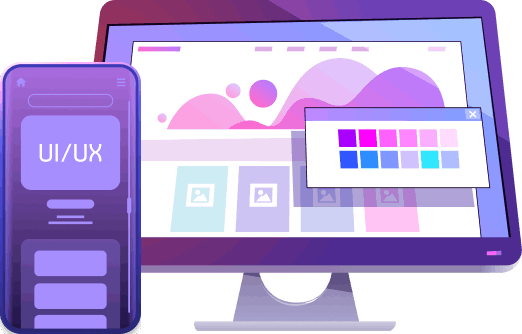
Over 14+ years of work experience, we have built 210+ web and mobile apps
We can help you with
- Dedicated Developer
- delivering high-quality development
- Custom Mobile App Development
- Innovative Solution For Startups and Enterprise
Get Free consultation and let us know about your custom web and Mobile App project idea

Over 10 years of work experience, we have built 210+ web and mobile apps
We can help you with
- Dedicated Developer
- delivering high-quality development
- Custom Mobile App Development
- Innovative Solution For Startups and Enterprise
Latest Blogs
Explore the Latest Blogs on Trends and Technology.



